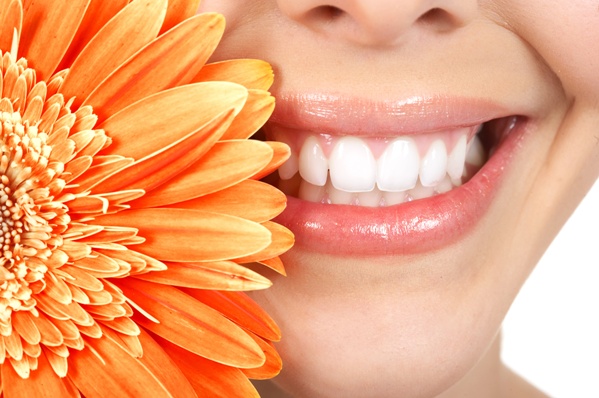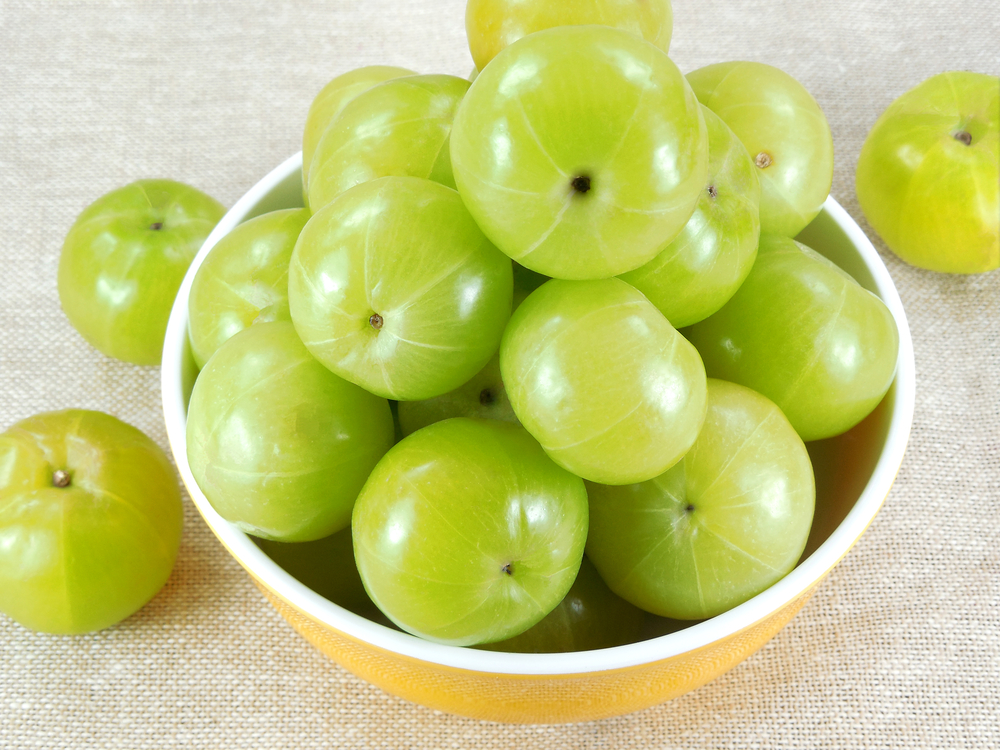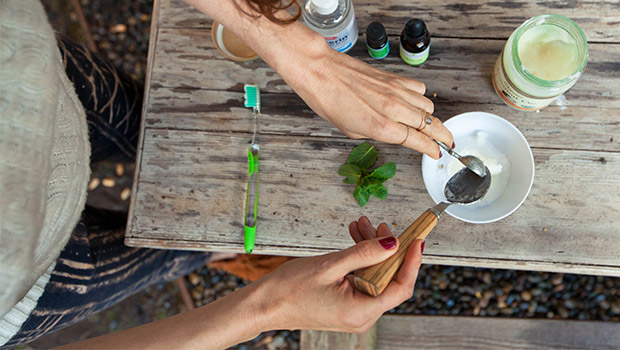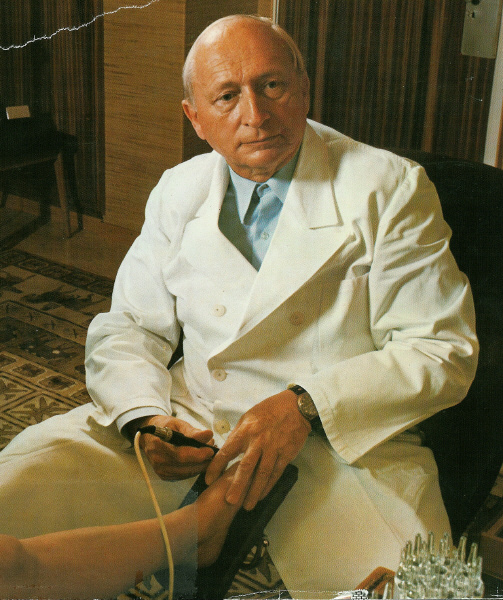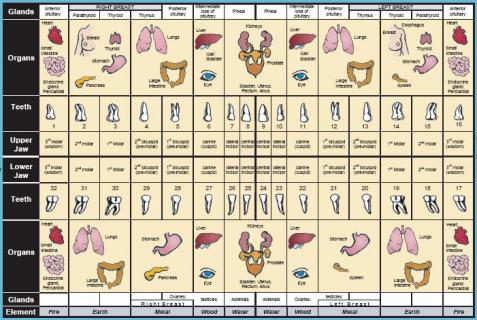Natural and Herbal Dental Care
Contrary to popular belief, your teeth are designed to last a lifetime. Even so, an increasing percentage of Americans wear dentures. According to the dental profession, between 80 and 90 percent of our population has some observable gum disease.
Taken together, tooth cavities (dental caries) and gum (periodontal) disease, create a painful condition that causes tooth loss and is expensive to correct. Americans spend more than $40 billion a year to treat and slow the degeneration of their dental health.
Dental disease has a reciprocal effect with overall body health. If you’re over stressed and generally unhealthy, your immune system will be suppressed and dental caries, caused by bacteria, will flourish. If your mouth is unhealthy, especially with gum disease, it overloads your health every moment of the day, lowering your resistance to all disease.
A clean mouth is a healthy mouth. As the saying goes, “clean only the teeth you want to keep.” In addition to conventional care, the main way to keep your mouth clean is to eat a sugar-free, natural foods diet. The bacteria that cause dental caries (Streptococcus mutans) thrive on sugar.
Most herbalists and natural healers recommend using warming, astringent, connective-tissue-healing herbs to enhance and maintain oral health. These herbs can be used as a rinse or applied as packs (a pinch of powder, wetted to a mush with a liquid such as water or vitamin E, and tucked next to the teeth). Rinses are made by preparing a herb as tea in the usual way, or by simply stirring herb powder into water. Hold the rinse in the mouth for a few seconds or up to several minutes, gargle, and spit out. Michael Tierra, O.M.C., L.Ac., in “Planetary Herbology” (Lotus, 1988), suggests that a daily mouth wash made from chaparral will prevent dental caries. Ayurvedic herbalist Melanie Sachs, in “Ayurvedic Beauty Care” (Lotus, 1994), suggests a gum massage with a mixture containing five parts alum powder, two parts rock salt powder, three parts black pepper powder, and one part turmeric root powder. In The “Traditional Healers Handbook” (Healing Arts, 1988), Hakim Chrishti, N.D., suggests a gum pack made from rose petal, oak leaf, and carob powder.
The Ayurvedic herb, amla, is a general rebuilder of oral health. Dr. Vasant Lad, a noted Ayurvedic proponent, suggests this fruit in his Yoga of Herbs (Lotus, 1986). Amla works well as a mouth rinse, or one to two grams per day can be taken orally in capsules for long-term benefit to the teeth and gums.
Herbs such as amla that support the healing and development of connective tissue when taken internally will always benefit the gums. Just remember that since they must saturate the whole body in order to work on the gums, the healing effect of these tonics tends takes longer to become apparent. The results, however, are more lasting.
Bilberry fruit and hawthorn berry stabilize collagen, strengthening the gum tissue. Licorice root is a gem for the mouth: It promotes anti-cavity action, reduces plaque, and has an antibacterial effect.
The tooth sockets are joints, and the teeth are essentially bones. Herbs that treat the skeleton and the joints when taken internally are good bets for long-term tooth health. Standouts include yellow dock root, alfalfa leaf, cinnamon bark, and turmeric root.
Recipes
Mix 1 teaspoon each of rosemary, peppermint and lavender. Mix the herbs well and then place 1 teaspoon of the mixture in a cup of boiling water. Steep 15 minutes, then strain. Cool and use as a mouthwash.
Pour 2 cups of boiling water over 3 tablespoons of angelica seeds. Add peppermint, lemon verbena, caraway and rosemary for extra strength. A touch of orris root will perfume the breath with the smell of violet. Cover and steep until cool. Strain and store in a tightly closed container.
Combine 3 drops of cinnamon oil, 2 drops of clove oil, 2 teaspoons of sugar and 3/4 teaspoon of boric acid solution to 4 cups of water. Place in a quart container and shake well.
A very simple mouthwash with antiseptic properties can be made by combining 1/4 cup of apple cider vinegar with 2 cups of boiling water. Let it cool and store in a jar in your medicine cabinet. Some homemade toothpastes can be used as effective cleansing agents for teeth and can promote general oral hygiene. Try the following:
Cut a fresh strawberry in half and rub your teeth and gums with it. Leave on for 15 minutes, then add some warm water and gently brush. This is not only a good cleaner but promotes health of the gums.
Take lemon rind and rub your teeth and gums, massaging your upper gums downward and your lower gums upward. This helps to remove plaque and tartar.
Teeth to Body Relationships According to Doctor Bill Wolfe
Your Teeth are Part of Your Body
The oral cavity is the dirtiest (by bacteria count) part of the body. In addition, there are the issues of mercury/silver fillings, nickel crowns, bio-incompatible dental materials, electrogalvanism/dissimilar metals, dead teeth (root canals), residual jaw infections (cavitations), etc., all of which can be additive in their effects on the rest of the body. In addition, the major organ acupuncture meridians flow through the region of the oral cavity and the teeth effect these organs at a distance through their effects on the associated meridian/energy pathways. Recently, there have even been numerous magazine and newspaper articles as to how gum disease can influence potential heart attacks strokes, etc. Therefore, the health of our mouth is crucial to our overall health, as our body is all one piece.
Dentistry is not an Exact Science
Dentistry is an art form, and every dentist develops their personally unique way of “practicing” dentistry. For me, my personal conception of the practice of dentistry began when I was 14 years old and working as a part time dental assistant. At this time, in the early 60’s, the technology of mixing mercury/silver, amalgam fillings was to add the liquid mercury from a dispensing vial to the powdered metal phase and to then mix the two components in an “amalgamator” device to incorporate the mercury into a mixture, or amalgamation, with the other metals. The resulting proportions were approximately 50% mercury, 30% silver, and the rest varying percentages of zinc, copper, and tin. (similar percentages as modern day amalgams) The amalgam was then squeezed by the assistant in a cotton “squeeze cloth” to express the excess mercury from the mix (no gloves were used in 1962) into a jar to be stored in a “safe place”. Invariably, some mercury would be spilled onto the counter top. In the process of wiping the mercury globules across the table top into the jar, I would play with the globules, separating and recombining them, although the dentist I worked for would tell me not to touch the mercury.
One day I asked him why he didn’t want me to touch the mercury, as it was fun to play with. He replied that mercury was a poison, to which I asked him, “then why are we putting it in the kids’ mouths?” He said “that’s different”. I figured he was a doctor, he should know. I was “seduced” by the doctor image and didn’t question the use of mercury in dentistry again until 27 years later in 1979, after having been a dentist for 7 years, at which time I had become very ill. This time I was the doctor, and I made the decision to no longer use mercury in my practice.
In a quest to regain my health, to stay healthy, and to develop a wider range of therapies for my patients, I studied homeopathy, electro-acupuncture, the meridian system, applied kinesiology, naturopathy, magnetic, color and sound therapy, myotherapy, auriculotherapy, enzymatic therapy, detoxification, etc. The conclusion resulting from studying all of the above is that yes, the body is all “one piece,” and that the oral cavity, the teeth and the dental materials within are a vastly overlooked and important component to the systemic health puzzle.
The Western medical paradigm taught in medical and dental schools is basically that if you can’t dissect it in gross anatomy class, it doesn’t exist. They are right. My cadaver in dental school didn’t have acupuncture meridians. However, you and I do have Chi (life energy) distributed throughout the body by the intricate meridian system. Classical acupuncture (needle stimulation) and electro-acupuncture (electro-dermal stimulation) are techniques to stimulate and/or sedate these meridian/energetic pathways. However, the original advanced approach to acupuncture, upon which more advanced and complex/computerized systems have now been developed, was the electro-acupuncture system according to Voll (EAV).
Dr. Reinholdt Voll, a German physician and scientist developed EAV in 1953. Dr. Voll was trained not oniy as a medical doctor, but in classical Chinese acupuncture, as well as electronics. After developing an instrument named the Dermatron to measure the electrical characteristics of acupuncture meridians, Dr. Voll established how the electrical characteristics of an acupuncture meridian measurement point remote from the associated organ can reflect the pathology of the organ to which those points refer. Another premise which EAV proved was that a seemingly insignificant process going on in the body (a focus) is capable of producing a disturbance in this meridian flow and creating effects distant from the site of the focus. Furthermore, Dr. Voll found that the most common site of a focus is in the teeth and jaws!
I was very fortunate to study with Dr. Voll, and by following his testing techniques I repeatedly demonstrated how a disturbance field (focus) in the oral cavity can effect distant organs. The basic meridian system runs through the oral cavity and a focus in the mouth can be an energetic disruption on a particular meridian flow. The partially blocked meridian flow creates a reduced energetic nourishment to that organ, resulting in a physical symptom.
The Origins of the Meridian Tooth Chart
In Chinese medicine, much attention is focused on a universal energy of life called “chi” or “qi”. This force that’s present in every person and every other living creature is believed to circulate through the body along pathways called meridians. When the energy flows freely, everything is fine and good health is maintained. When chi is blocked, however, you experience pain, illness and other symptoms of the disruption.
Think of these meridians like rivers. When these rivers flood, there are disasters, including short-outs of the electrical circuits resulting in outages. The purpose of acupuncture is to restore the normal flow of chi and therefore restore normal body function by stimulating certain points and freeing the pent-up energy.
So what does this have to do with dentistry? Many years ago, I learned about the Tooth-Organ Chart that associates each tooth in the mouth with a specific organ system in the body. I was skeptical then, but after years of study and feedback from people that use the chart, I’ve become convinced that our teeth really are connected to the meridians in our body, and that the relationship between oral health and overall health is very real.
When a tooth becomes damaged by infection or a high galvanic current, that creates an imbalance that blocks the flow of chi energy. As a result, whatever organ system is connected by meridian to that tooth is negatively impacted and overall health and wellness is compromised.
Holistic Dental Uses For The Tooth Chart
One of the most important things biological dentistry can do for you is to eliminate imbalances within your body and reprogram or restore the mouth back to the state of balance in which it is intended to be. When dental concerns are addressed, I’ve seen the proof that systemic conditions like digestive issues, joint pain, headaches, fatigue and sinus infections can correct themselves. Even heart palpitations can spontaneous correct themselves when dental issues are treated with biological dentistry techniques.
Metal in the mouth is one cause of chi disruption. Mercury-containing fillings — so-called silver fillings — generate electricity in the mouth. This electricity is conducted along the nerves in your body. You have a natural current traveling through your body, but this additional current overloads the body, creating conditions like swelling in your joints, pain all over your body and tissue deterioration in your organs and elsewhere.
But a sensible biological dentist with a strong understanding of the connection between the teeth and the rest of the body can see that the mouth is often the cause of patient symptoms and can create cures for systemic issues that other kinds of doctors can’t fathom. When you can’t get an accurate diagnosis or effective treatment through the usual channels, consider turning to a biological dentist to help you improve your overall health.
Simply put, if you have a bad tooth, the energy flowing through and around it will be disrupted. And that changes the state of health in other parts of your body — depending on which tooth has the problem. So if you have a problem involving your stomach, breast, liver or kidneys, for example, and can’t figure out how to clear it up, maybe it’s time to turn to tooth number 14, the first molar on the upper left (reference teeth chart above). If there’s a problem with that tooth, correcting it could solve your other problems too — and allow you to lead a better, healthier life.
Here is the chart to serve you:

